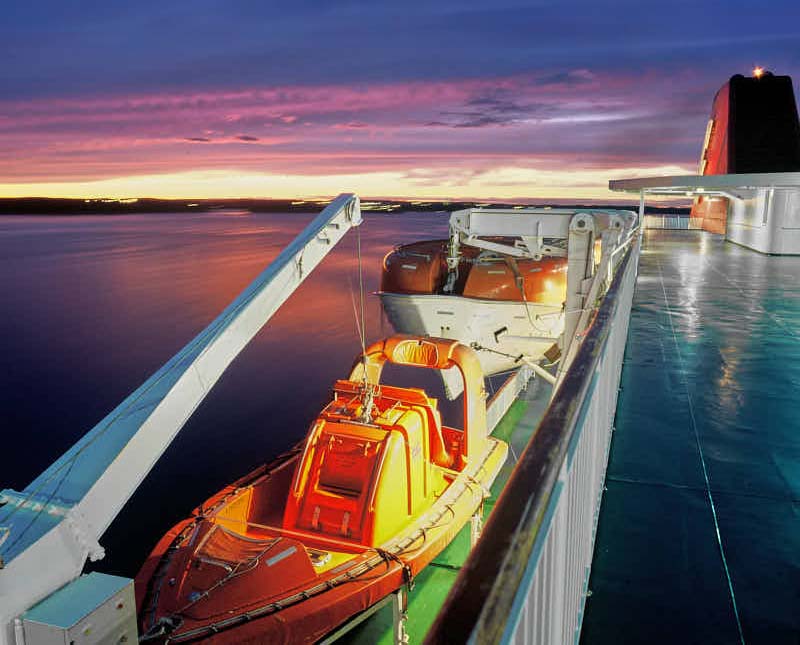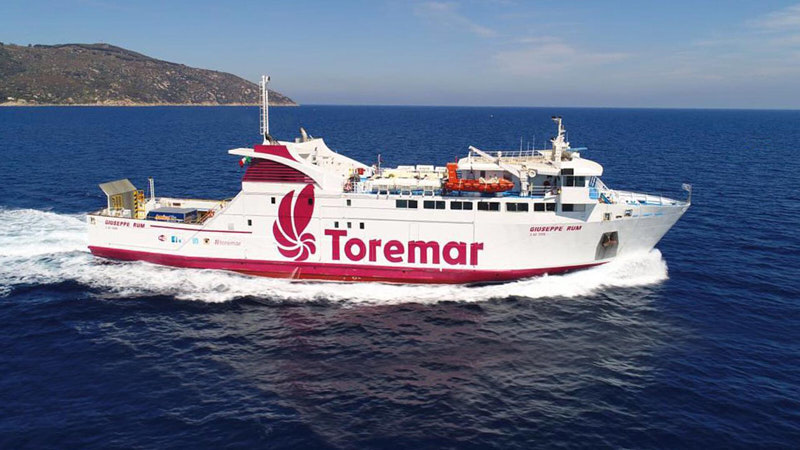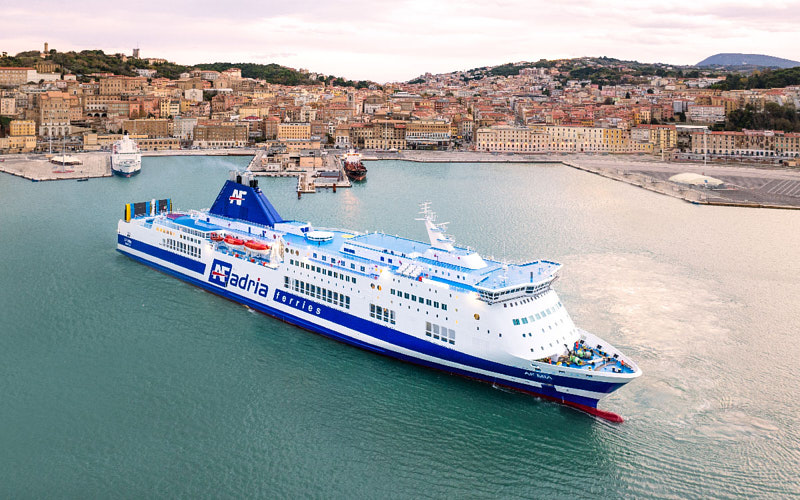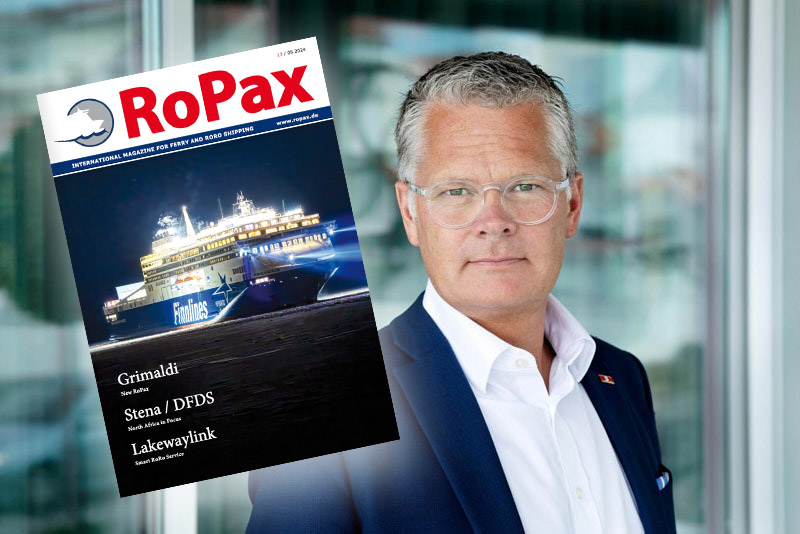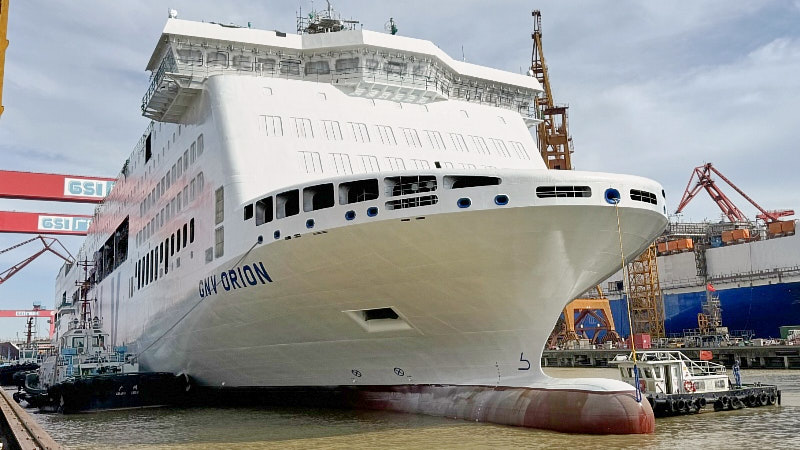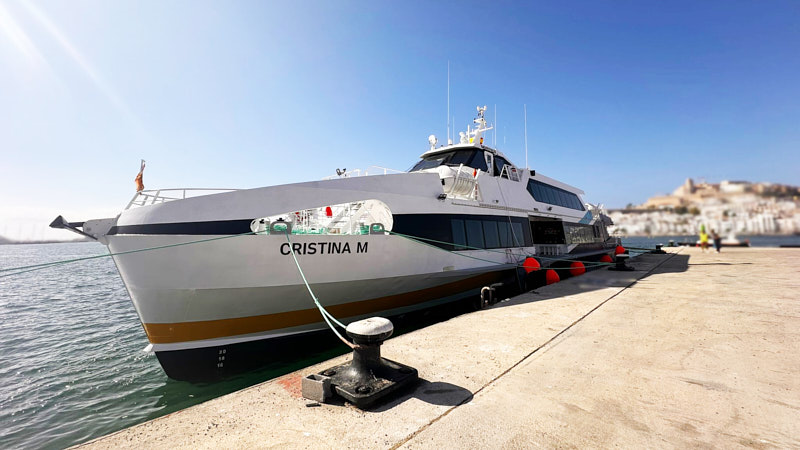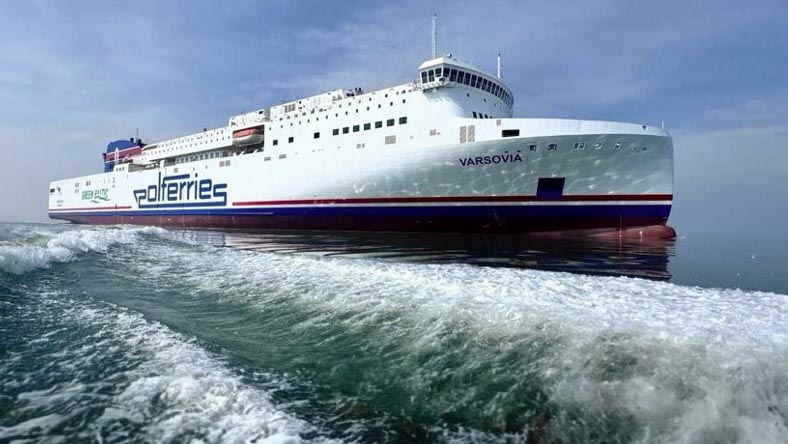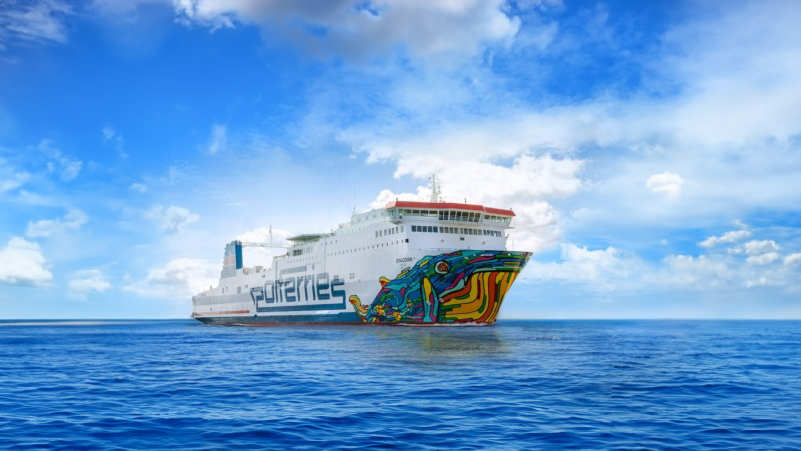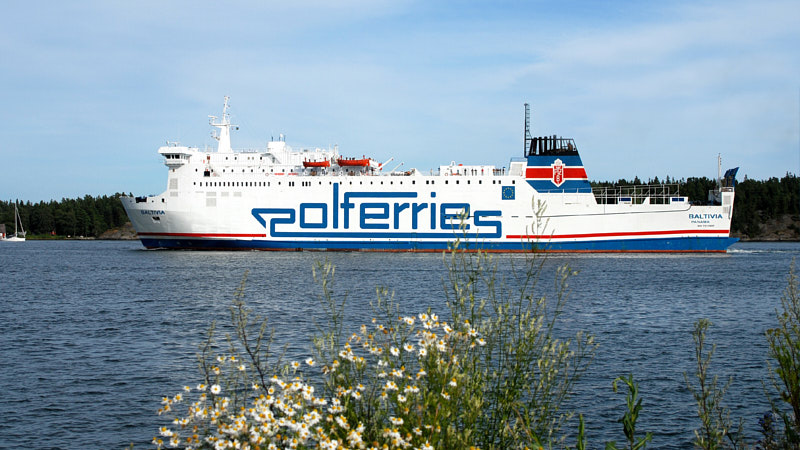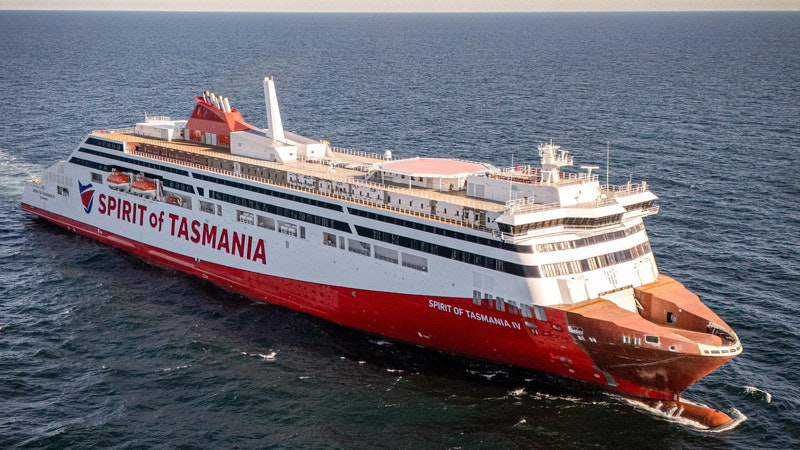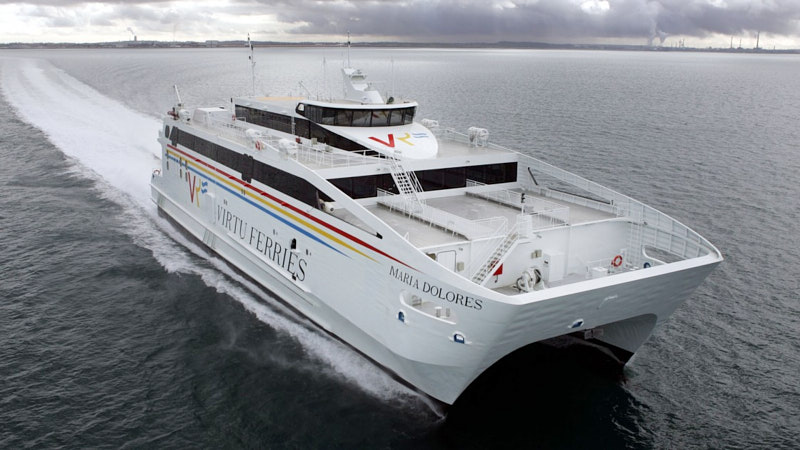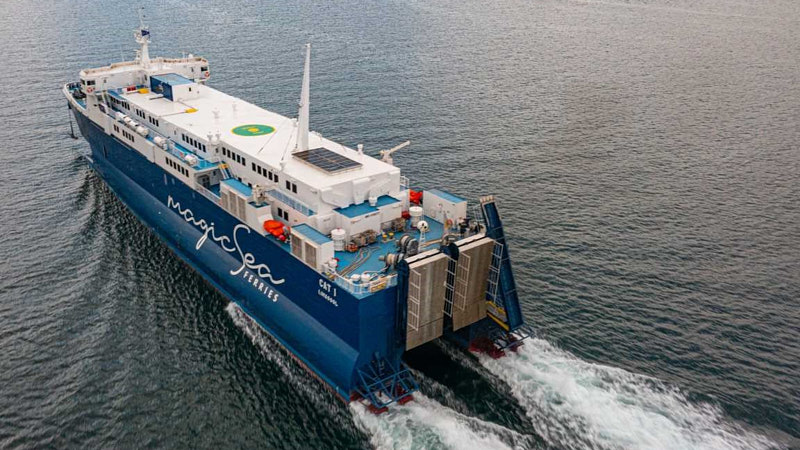
Agreement with Stena RoRo for the long-term charter with purchase option of 2 new vessels and a potential option for 2 additional vessels
- Agreement with Stena RoRo for the long-term charter with purchase option of 2 new E-Flexer vessels, plus an option for 2 additional vessels.
- Vessels to be built at CMI Jinling Weihai Shipyard, China
- Largest RoPax vessels ever ordered by a Greek shipping company.
- Specifications: 240m length, 1,500 passenger capacity, 3,320 lane metres cargo decks (approx. 200 freight units per vessel).
- Vessels are Methanol ready, with engines capable of operating on 3 different fuel types and equipped with state-of-the-art technology to optimise fuel consumption.
- Expected to reduce the Group’s GHG emissions per transport work by 60% compared to existing vessels.
- Agreement includes a 10-year bareboat charter scheme with a purchase option after the 5th year.
- Delivery scheduled for April and August 2027.
- Fleet redeployment to follow, reducing the environmental footprint by retiring older vessels.
- Innovative design collaboration between Stena RoRo and Attica’s shipbuilding teams based on the successful E-Flexer model.
- CEO Panos Dikaios highlights Attica Group’s 3-decade innovation history and the new agreement’s role in setting industry standards, reducing environmental footprint, and enhancing travel experience.
- Per Westling, Managing Director of Stena RoRo, emphasises the bespoke E-Flexer vessels’ versatility, fuel flexibility, and importance in Attica’s green transition.
Green features
- Installation of battery pack for storage and use of electric energy in order to reduce the operation of diesel generators.
- Installation of solar panels for the production of renewable electrical energy.
- Installation of OPS – electrical power supply from shore during the ships stay in ports to avoid the use of diesel generators and the alleviation of harmful emissions and noise.
- Lighting of the ships with new technology LED to reduce the required energy.
- Rudder bulb designed and constructed to fit the ship’s propellers for optimizing hydrodynamic efficiency.
- Hull form design for optimum hydrodynamic efficiency.
- Intelligent clima control system for optimum energy consumption.
- Hybrid scrubbers for reducing SOx emissions.
- Silicon paints of underwater hull for reducing resistance and fuel consumption.
- New generation main engines, tri-fuel including methanol for reducing CO2
Other features:
- Design of bow and stern ramps (drive through concept) to avoid maneuvering of heavy vehicles and allow faster loading/unloading from two decks simultaneously.


